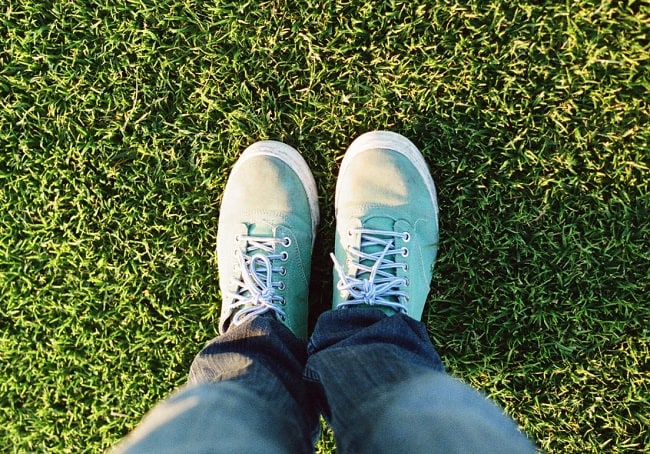Avoid Injuries This Flip-Flop Season
Published: July 28, 2017l
By Robert Weiss, DPM
With the warm weather and with the beach season in full swing, many are wearing flip-flops for prolonged periods of time. Unfortunately, many types of flip-flops can cause foot and ankle problems due to lack of support and stability.
This is especially true if the foot has abnormal pronation (flattening of the foot with inward rotation). Non-supportive flip-flops can cause a common foot injury known as plantar fasciitis, an inflammation of the tissue along the bottom of the foot, and the heel. This can lead to heel spurs, arthritis, bunions, etc. Individuals with severe pronation create more stress to the inside of the knee, which can lead to an early deterioration of hip cartilage as well as lower back problems. It is very possible these stresses in the lower extremities can increase the process leading to hip and knee replacement. Here are some tips to prevent injuries:
- Don’t wear flip-flops while playing sports, walking long distances or doing yard work.
- Check for proper fit by making sure your feet don’t hang off the edge of the flip-flops.
- Flip-flops should have stability built in so they cannot bend or twist.
- Look for flip-flops that have built-in arch support to cushion your feet. The lack of support can lead to numerous foot, ankle, knee and lower back injuries.
- The material from which the flip-flops are made is important. In some cases, a high-quality soft leather will lessen the potential for blisters and irritation (compared to some rubber materials).
- Always break into new sandals or flip-flops for a few hours the first day, then slowly increase your wear time.
Dr. Robert F. Weiss is a podiatrist specializing in foot and ankle surgery with a practice in Darien, affiliated with Stamford Hospital and member of Stamford Health Medical Group-Foot & Ankle Institute. A member of the Medical Advisory Committee of the 1984 and 1988 Olympic Marathon Trials, he is a veteran of 35 marathons.
Featured Expert/ Author




















